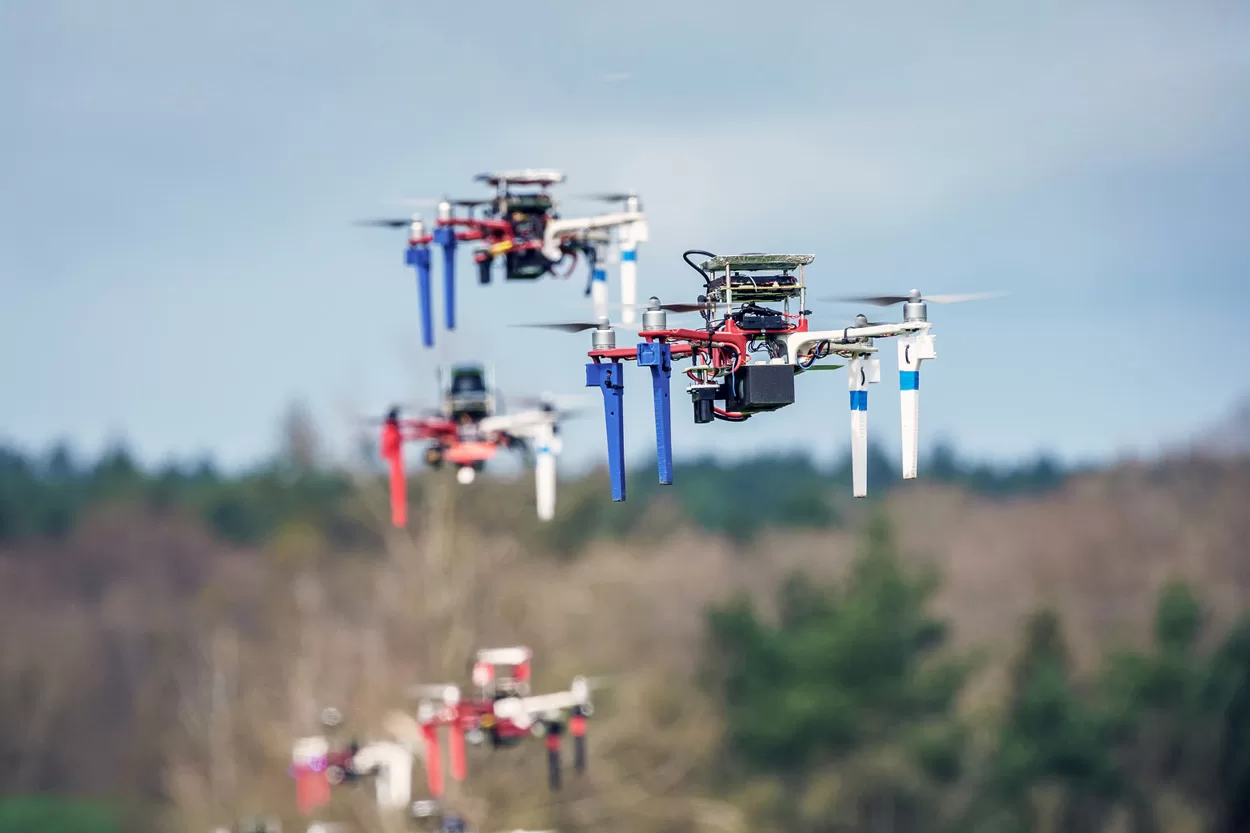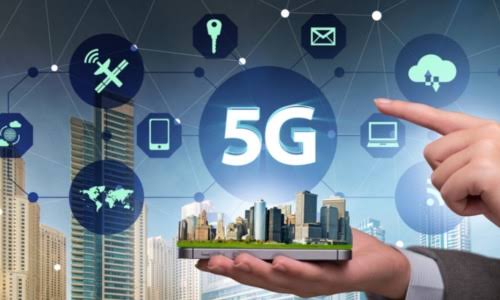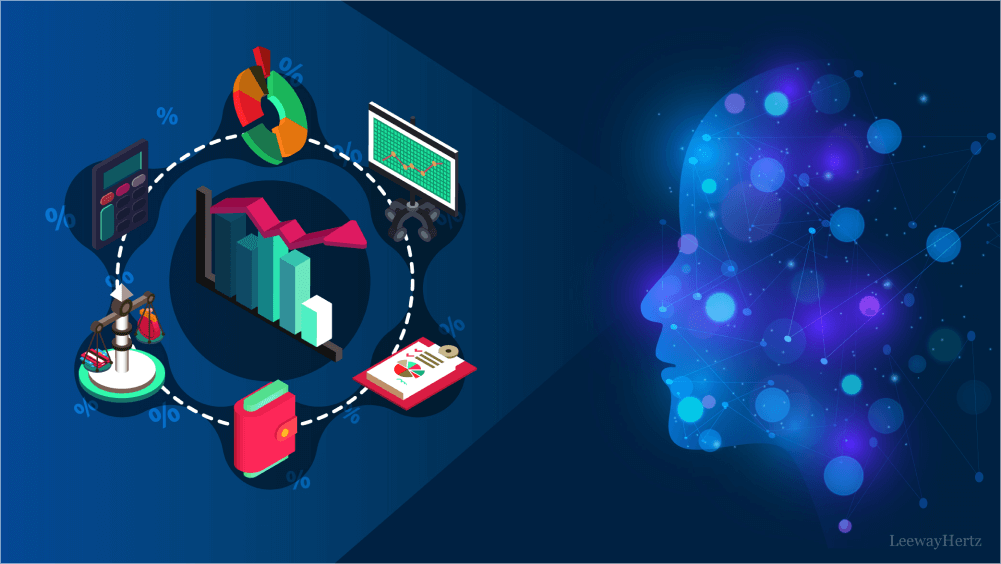Autonomous drones have quickly changed from experiments to useful tools that are changing industries worldwide. By July 2025, these self-flying machines are used in farming, delivery, emergency help, security, movies, and checking buildings. They can work with little or no human help, making tasks faster, cheaper, and safer, especially in hard-to-reach places. But, like many new technologies, autonomous drones have both good benefits and important risks.
The rise of autonomous drones is closely tied to advancements in artificial intelligence, real-time navigation systems, computer vision, and 5G connectivity. With drones now capable of making decisions on the fly, society must balance their powerful capabilities with concerns surrounding safety, privacy, ethics, and regulation. In this article, we explore both the promising advantages and the potential dangers associated with autonomous drones, using the latest information available as of mid-2025.
Increased Efficiency and Cost Savings
One of the most significant benefits of autonomous drones is their impact on operational efficiency and cost reduction. In industries such as agriculture, drones can autonomously monitor crop health, distribute fertilizers, and assess soil conditions without the need for manual labor. These drones operate on pre-programmed routes and use real-time data collection to adjust actions mid-flight, making them far more precise and economical than traditional methods.
In the logistics sector, autonomous drones are increasingly used for last-mile delivery. Companies like Amazon, Zipline, and UPS have already implemented autonomous drone fleets in specific regions to deliver medical supplies, groceries, and consumer products within minutes. These services cut down on delivery time, reduce fuel usage, and lower labor costs, helping businesses meet customer demand while improving sustainability.
Additionally, infrastructure inspection—particularly for bridges, pipelines, and tall buildings—has become safer and cheaper through autonomous drones, which can operate in risky environments and collect detailed data without putting human lives at risk.
Improved Emergency and Disaster Response
Autonomous drones have proven to be game-changers in disaster and emergency response. During wildfires, floods, or earthquakes, these drones can navigate dangerous terrains to locate survivors, map affected areas, and deliver essential supplies. Unlike manually operated drones, autonomous models can continue missions independently even when human operators lose contact due to environmental obstacles.
In 2025, several emergency services have adopted AI-enabled drones capable of identifying victims, assessing damage, and transmitting real-time data to rescue teams. These innovations reduce response time and improve coordination between emergency personnel, potentially saving countless lives.
For search and rescue operations in remote or mountainous regions, drones with thermal imaging and object recognition capabilities can scan vast areas efficiently. Their ability to fly at night or during harsh weather further enhances their utility in critical scenarios.
Enhanced Surveillance and Security Applications
The security and surveillance sectors have also embraced autonomous drones for their ability to cover large areas without fatigue. In urban settings, drones equipped with facial recognition, motion detection, and behavior analysis software help law enforcement monitor public spaces, detect suspicious activity, and track individuals of interest.
In 2025, border control agencies in countries like the United States, Australia, and parts of Europe are using autonomous drones to monitor boundaries, detect illegal crossings, and gather intelligence. These drones can patrol for hours, adjusting their flight paths based on real-time data, and alert authorities to potential threats.
Private security firms are now employing drones to patrol industrial parks, warehouses, and construction sites. With advanced geofencing and intrusion detection, drones can act as mobile surveillance units, reducing the need for extensive human security teams.
Privacy and Ethical Concerns
Despite their practical advantages, autonomous drones raise significant privacy concerns. As drones become more intelligent and capable of continuous monitoring, questions around surveillance, data collection, and consent become harder to ignore. Many people worry about drones recording private property, capturing personal data without permission, or being used to track individuals without legal oversight.
In 2025, debates surrounding drone regulations continue to intensify. Advocacy groups are demanding stronger privacy protections and clearer rules on data storage and usage. The lack of transparency in how some companies and governments use drone footage has created mistrust and legal challenges in various countries.
Ethically, the use of drones in military operations also raises concerns, especially regarding autonomous decision-making in combat. The idea of machines deciding when to engage in lethal force without human oversight remains controversial and has led to ongoing international discussions about bans or strict limitations on fully autonomous weapons.
Safety Risks and Malfunctions
As with any advanced technology, autonomous drones are not immune to malfunctions. Technical failures, software bugs, or hacking attempts can result in accidents, property damage, or even injuries. For instance, a drone malfunction during a delivery mission could cause it to crash into a crowded street or private building.
In 2025, the growing number of drones in airspace has increased the risk of mid-air collisions, especially near airports or densely populated areas. Regulatory bodies like the FAA and EASA have implemented stricter air traffic integration systems, but enforcement remains inconsistent in many regions. Additionally, the more autonomous drones rely on AI, the more complex it becomes to predict their behavior in unexpected situations.
Cybersecurity is another key concern. Drones connected to the internet can be vulnerable to hacking, potentially allowing malicious actors to take control or redirect their missions. Whether it’s for espionage, theft, or sabotage, the risks of drone misuse are real and evolving.
Environmental and Noise Pollution
Although drones are often praised for their role in reducing carbon emissions compared to fuel-based vehicles, their mass deployment is contributing to a different kind of pollution—noise and energy consumption. In urban environments, the buzzing of dozens of drones flying overhead has become a nuisance for residents.
As more cities approve drone deliveries and patrols, municipalities are facing complaints about noise levels, especially in residential zones. While some manufacturers are working on quieter propulsion systems, the issue remains a barrier to public acceptance.
Additionally, the rapid growth of drone manufacturing and battery disposal raises environmental questions. The life cycle of drone components, including lithium-ion batteries, must be managed carefully to avoid long-term ecological damage.
Final Thoughts
Autonomous drones represent one of the most exciting technological advancements of the modern era. As of July 2025, they are enhancing efficiency, improving safety in dangerous situations, and transforming how industries operate. From logistics and agriculture to emergency response and surveillance, their potential continues to grow.
However, this innovation comes with responsibilities. As the use of autonomous drones expands, so too must our commitment to safety, ethical oversight, and regulatory balance. Understanding both the benefits and risks allows society to harness this technology wisely—ensuring it enhances lives without compromising privacy, safety, or trust.



